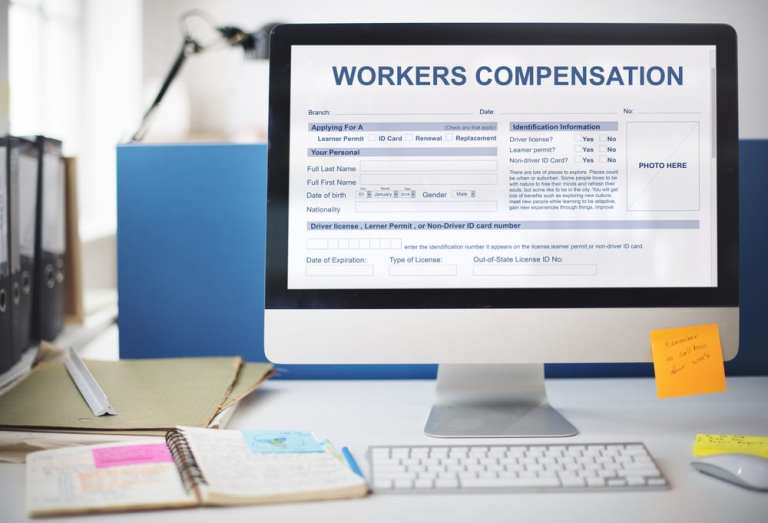Payroll and insurance are two areas in which technology startups have brought disruption to the fold, but challenges in these markets are rarely tackled simultaneously.
When it comes to workers’ compensation insurance, however, these two functions are closely intertwined. That’s because when a business obtains regulatory-mandated workers’ comp insurance, the size of that insurance plan and the cost of premiums revolve around annual payroll amounts (among other factors).
Each month, businesses must report payroll data to workers’ comp insurance carriers in order to accurately calculate premiums and make insurance payments.
That introduces a major pain point, particularly for small to medium-sized businesses (SMBs) with hourly workers, according to Hourly CEO Tom Sagi.
He told PYMNTS about his experience running payroll at a family-owned construction business, a process he described as a “weekly nightmare” that took up entire days sorting through time cards, processing payroll and managing workers’ compensation reporting.
The Pitfalls of Estimating Data
Advertisement: Scroll to Continue
One of the largest challenges for small businesses is the reliance on payroll estimates, rather than actual payroll, to calculate those insurance premiums, expanding the risk of costly audit bills from insurance carriers.
“From a business owner standpoint, there’s always this fear of the audit at the end of the year, that maybe they didn’t report the payroll properly, or everything was based on estimates,” said Sagi. “They could get an audit that could be for tens of thousands of dollars if they didn’t report payroll properly along the year.”
When relying on payroll estimates, businesses will inevitably underpay or overpay, he noted, either costing those businesses money, or forcing them to wait for months for a reimbursement check.
This entire process becomes significantly more complicated when businesses have hourly workers who can move between worker classifications, another factor that impacts premiums and other insurance costs.
“For example, if you have an employee doing both concrete work and framing work, if this person is doing framing or carpentry, it will be a different rate from when they do concrete work,” Sagi explained. “If you don’t have a good system of managing that in real time, it’s difficult to make sure workers’ comp payments are correct.”
Hourly offers a platform that enables businesses to run their payroll, and use that real-time payroll data to report back to insurance companies and calculate premiums — even when employees switch between work classifications. The company recently announced a $7.15 million seed round led by Aya Peterburg and Haim Sadger of S Capital, with Inovia Capital, J-Angels and a string of angel investors also participating.
Major Payroll Changes
As more SMBs demand digital solutions for both payroll and insurance, technology platforms are also grappling with disruptive trends in the market.
SMBs’ demand for mobile-first solutions, for instance, led Hourly to deploy with a focus on the smartphone. According to Sagi, so far more than 90 percent of activity that occurs on the Hourly app happens on a mobile device.
There’s also the drive for businesses large and small to integrate solutions that can facilitate real-time access to earned wages for their workers, a feature Sagi said Hourly is exploring as it looks to expand the on-demand wage access opportunity to employers beyond just the largest of corporations.
The potential for payroll data to be integrated directly into POS systems and other back-office portals can also open doors for product expansion, with many of these opportunities only possible when payroll data is collected and managed digitally and in real time.
But one of the largest changes in the market Sagi is watching is the regulatory shift occurring that alters the legal classification of workers, which can be particularly disruptive for SMBs that rely heavily on contractors or gig workers.
In California, for example, the state’s Senate approved Assembly Bill 5 earlier this year that standardizes how to categorize a worker — either an independent contractor or an employee that would require workers’ comp. The legislation has raised concerns over how corporations like Uber and Lyft will remain compliant in the state, but the largest gig economy technology platforms won’t be the only ones affected.
If law requires those professionals to be classified as W2 hourly employees, small employers will suddenly find themselves with a significant burden of payroll and workers’ comp management, too, noted Sagi.
“We see a trend in this area of business owners switching from classified independent contractors and employing them as W2 employees,” he said, adding that those companies should explore technology to ease that shift, support payroll and workers’ comp management automation, and ensure compliance.
It’s all part of Hourly’s efforts to ensure that professionals don’t have to “suffer quietly” with paper time sheets, manual payroll, and workers comp estimates — a pain that Sagi said is felt throughout the SMB community, from construction to retail.




